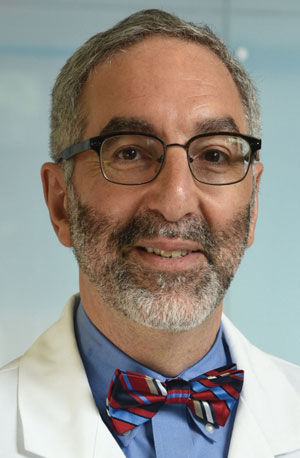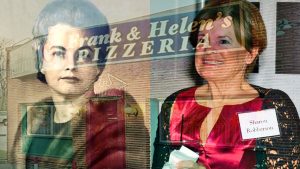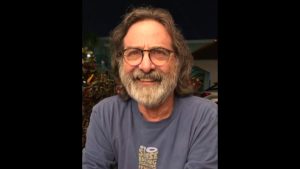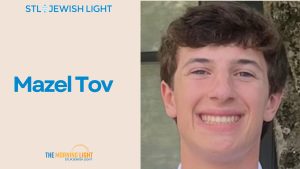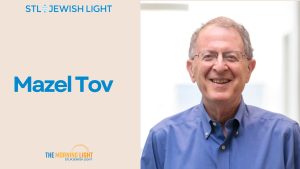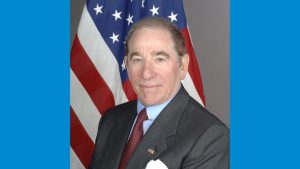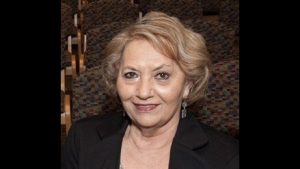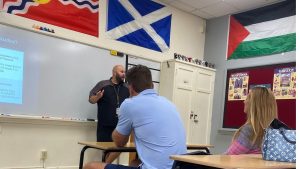Physician-researcher struggles with challenging ‘Moonshot’ problem
Published January 20, 2016
For the past 25 years, Dr. David Gutmann has devoted his medical and research career to helping individuals with neurofibromatosis (NF), which he calls “the most common disorder you’ve never heard of.”
Of the three types, neurofibromatosis Type 1 (NF1) is the most common. It affects one in every 2,500 people, making it more widespread than cystic fibrosis, hereditary muscular dystrophy, Huntington’s disease and Tay-Sachs disease combined. Unlike these other diseases, NF1 manifests differently, even within members of the same family.
Diagnosed most often in children and young adults, NF1 can have an impact on almost every organ system, causing tumors to grow on nerves in the brain and throughout the body. The first sign of the disease often is numerous light brown spots on the skin.
While some individuals with NF1 have few serious complications, the disorder can be debilitating. It also can lead to bone and vision abnormalities, brain and nerve tumors and heart defects. Many youngsters struggle with motor skills and attention-deficit disorder, and about a third exhibit features of autism.
“Solving NF is a huge challenge, but I grew up fascinated by big problems, specifically the race to the moon,” said Gutmann, 56. “This is why I get excited about this ‘moon-shot problem.’ Solving NF is not easy, but it is solvable, and we will get there.”
Gutmann made time recently to talk about his work.
In 2004, you founded the Neurofibromatosis Center at Washington University. Please talk about the center.
The center is the umbrella that encompasses everything we do for kids and adults with NF. This multidisciplinary program offers clinical care, research and complementary care programs.
How do you help when someone is diagnosed with NF1?
This is a complicated disorder with numerous potential medical complications, so we try to make our clinic a destination for families where we can help them deal with the uncertainly about what might happen in the future and the reality of the here and now.
Your practice includes research assistants. Why is that?
I envision clinical medicine and medical research to be inseparably entwined. In clinic, we deliver the best practices available today, but if we stop there, eventually we will be behind the times. We need to focus on finding new treatments, and that’s where research comes in. It’s important for families to understand that there is hope, and hope comes from research.
How do families react to this “entwining?”
Our families love it. They can see where the future lies and that they can be part of the solution. We provide opportunities to participate in research studies, and we invite families into my laboratory to meet our investigative team. It’s a great experience for families and highly motivating for the scientists.
Please talk about the center’s complementary care programs.
Our staff has created three programs outside the hospital to help kids address motor development, socialization problems and attention deficit. Club NF is designed for students in elementary school, Teen NF is for older kids and Beat NF is for toddlers, the earliest age we see issues with NF1. All the programs may look like fun, but it’s actually real medical therapy.
You were drawn to medicine at an early age, spending summers in high school as a volunteer at the Henry Ford Hospital in Detroit. Did your Jewish upbringing influence your career choice?
My father was a Reform rabbi, and I was raised with the idea that if we had gifts or skills or talents, we needed to use them to help people. Tikkun olam – that’s our purpose. I’m sure that was part of what drew me to medicine and research.
Send your suggestions for HealthWatch to [email protected]. We focus on doctors, health care advocates, nurses, psychotherapists and counselors, researchers, fitness instructors, dietitians, physical therapists, and people meeting ambitious health and fitness goals.



